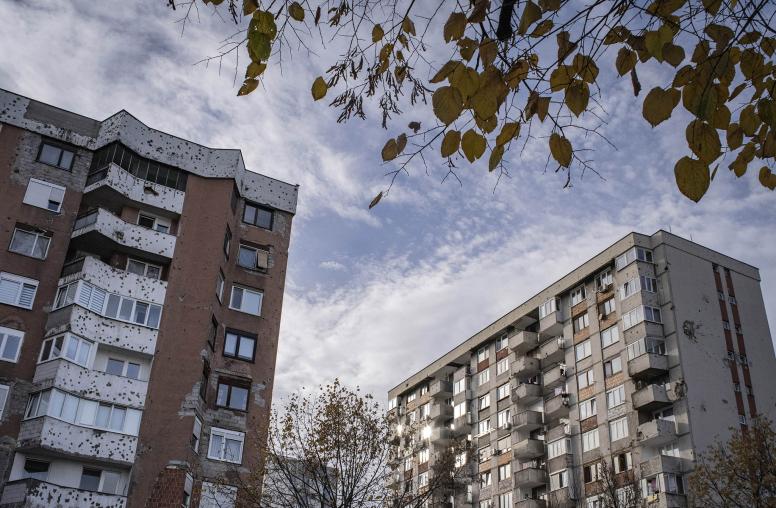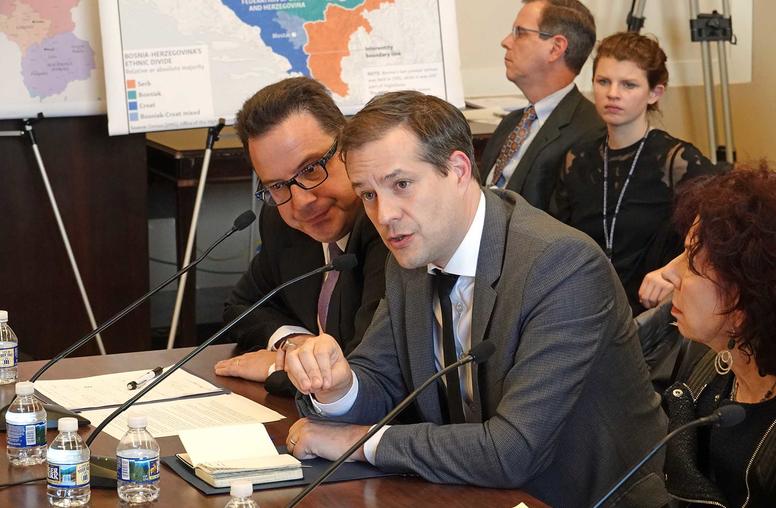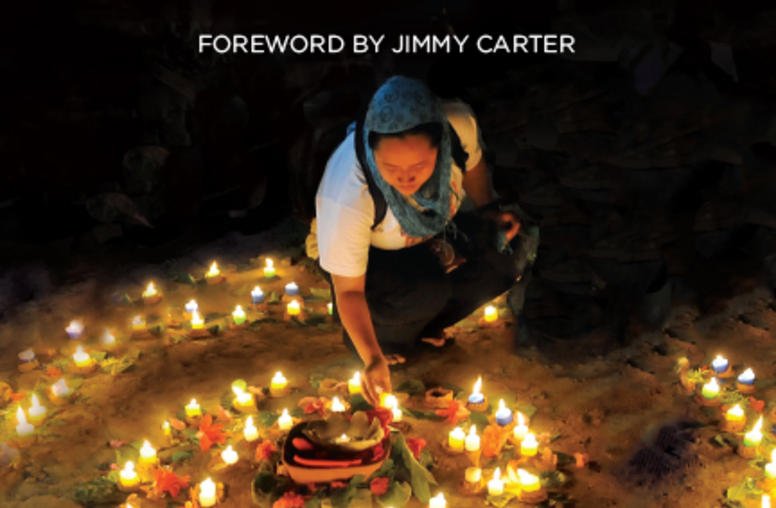Taking Stock and Looking Forward: Intervention in the Balkans and Beyond
Ten years of intervention in the Balkans—beginning with European monitors in 1991, extending through the ill-fated humanitarian efforts of the UN Protection Force in Bosnia (1992–95), to the current multi-purpose interventions in Bosnia (1995), Kosovo (1999), and Macedonia (2001)—have provided the most extensive post–Cold War experience in international community efforts to stabilize a conflict zone. Where do the Balkans stand now? What more needs to be done there? What has been learned? What lessons should be applied in other conflict areas like Afghanistan?

Summary
- The Balkans are in better shape than at any other time in the last 10 years, and the region is no longer at the top of America's international agenda.
- But the job there is not yet done.
- Nothing less than viable states will satisfy U.S. objectives of drawing down NATO and ensuring that the region does not become a haven for terrorists.
- Europe should increasingly take the lead as its capacities develop; the United States needs to remain engaged and learn how to play a strong supporting role.
- The goal is to make the Balkans part of Europe, where they belong.
- This will require raising standards of political, economic, and judicial behavior throughout the region, a process that will take many more years.
- The international community will need to focus in a more disciplined way on establishing the rule of law, including controlling extremists and organized crime and bringing war criminals to justice.
- The Balkans interventions suggest that the international community needs far better preparation for its civilian responsibilities, better coordination between political and military objectives, and a deeper appreciation of the challenges on the ground.
- The United States has comparative advantages in military capacity and in building democratic institutions and civil society that it should use in future interventions.
- Mechanisms for coordination with Europe will be increasingly important in ensuring effective performance in international interventions.
Ten years of intervention in the Balkans—beginning with European monitors in 1991, extending through the ill-fated humanitarian efforts of the UN Protection Force in Bosnia (1992–95), to the current multi-purpose interventions in Bosnia (1995), Kosovo (1999), and Macedonia (2001)—have provided the most extensive post–Cold War experience in international community efforts to stabilize a conflict zone. Where do the Balkans stand now? What more needs to be done there? What has been learned? What lessons should be applied in other conflict areas like Afghanistan?
The United States Institute of Peace, beginning in 1996, has focused resources from its programs (training, grants, fellowships, rule of law, education, virtual diplomacy) first on Bosnia and later on other republics of the former Yugoslavia and on the region as a whole. Throughout this period, the Institute has convened a Balkans Working Group (BWG) to discuss specific issues and policy options. The BWG consists of Balkans experts from nongovernmental and international organizations, the administration, Congress, think tanks, academia, and the media. The group met January 22, 2002 to discuss lessons learned and how they might be applied both in the Balkans and to future international interventions. this report was prepared on the basis of that discussion by Balkans Initiative director Daniel Serwer.
The views expressed in this report do not necessarily reflect those of the United States Institute of Peace, which does not advocate specific policies.



